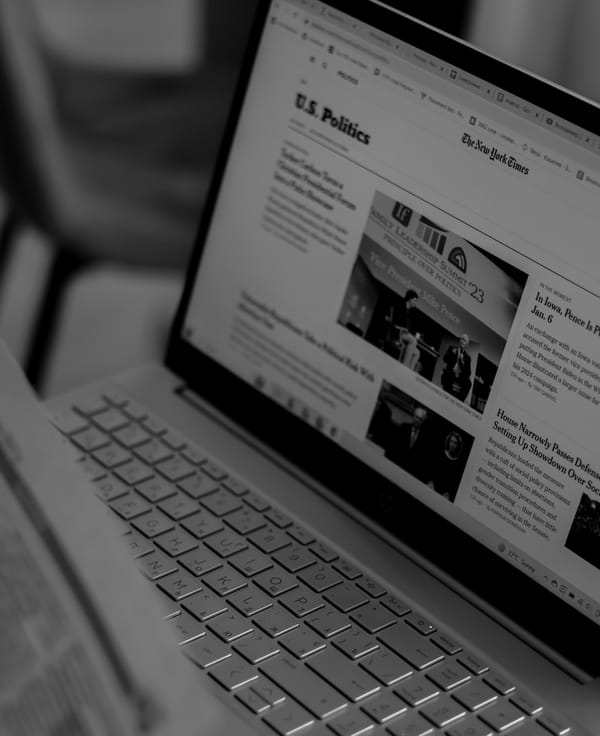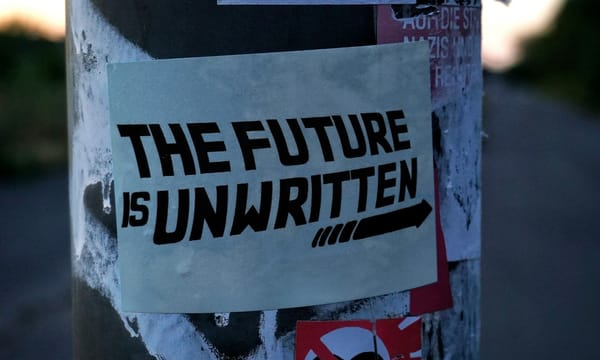Trump’s Tariffs Are Crashing the Economy—And That’s the Point
For years, Republicans have lied about tariffs, telling Americans that they bring back jobs, lower prices, and protect American manufacturing. But history—and reality—tell us otherwise.

The United States economy is spiraling into uncertainty—and it’s not by accident.
Trump’s newly imposed 25% tariffs on Canada and Mexico, combined with additional 10% tariffs on Canadian energy and 20% tariffs on Chinese imports, are deliberately designed to destabilize markets (Reuters, 2025a).
This is not about protecting American workers or rebuilding industry. It’s about consolidating Trump’s control over the economy, punishing allies, and creating a crisis that he alone can “fix” (Reuters, 2025b).
For years, Republicans have lied about tariffs, telling Americans that they bring back jobs, lower prices, and protect American manufacturing. But history—and reality—tell us otherwise.
Myth: Tariffs Help American Industry
Reality: Tariffs Are a Tax on YOU, the Consumer
Trump and his allies claim that tariffs only hurt foreign nations like China, Canada, and Mexico. But here’s the truth:
- Tariffs are not paid by the foreign country—they are paid by American importers, who pass the cost on to consumers (Reuters, 2025a).
- Every time Trump slaps a tariff on another country, the cost of everyday goods in the U.S. rises (Reuters, 2025b).
Automobiles:
- Trump’s 25% tariffs on Canadian and Mexican imports will increase the price of cars and car parts (Reuters, 2025a).
- Mexico and Canada are the top two suppliers of U.S. auto components—higher costs on imported materials mean higher prices for American-made vehicles (Reuters, 2025b).
Energy Prices:
- The 10% tariff on Canadian energy imports will drive up gas prices, home heating costs, and electricity rates (Reuters, 2025c).
- Canada supplies 50% of U.S. oil imports. If they retaliate, expect oil prices to surge (Reuters, 2025c).
Food Prices:
- Farmers rely on exporting goods to Mexico and Canada—retaliatory tariffs will make U.S. products more expensive abroad (Politico, 2025a).
- Consumers will pay more for groceries as production and transportation costs rise (Reuters, 2025b).
Bottom Line: Every time you fill up your car, buy groceries, or pay your electricity bill, you’re footing the bill for Trump’s tariffs. And it’s only going to get worse (Reuters, 2025b).
Trump Is Using Economic Instability to Consolidate Power
This isn’t just bad policy—it’s a deliberate authoritarian strategy. Trump’s tariffs are designed to create an economic crisis that only he can “fix” (Reuters, 2025a). Here’s how:
Step 1: Create chaos
- Announce sudden, extreme tariffs with no clear strategic goal (Reuters, 2025a).
- Destabilize markets—stocks plunge, businesses panic, supply chains break down (Reuters, 2025b).
Step 2: Blame foreign nations and political enemies
- Trump is already blaming China, Mexico, and Canada for “unfair trade” (Reuters, 2025c).
- His administration will point fingers at Democrats and the media for “overreacting” to the economic downturn (Politico, 2025a).
Step 3: Demand more power to “fix” the crisis
- Once the economy is in shambles, Trump will propose his own “solutions”— which will almost certainly involve more executive control over trade and industry (Reuters, 2025c).
- He may selectively grant tariff exemptions to loyal businesses, reinforcing a system of corporate dependency (Reuters, 2025c).
This follows the authoritarian playbook to the letter—manufacture a problem, exploit the panic, and demand more power as the “solution” (Reuters, 2025b).
The Real Cost of Trump’s Tariffs: Job Losses, Higher Prices, and Reduced Economic Freedom
Job losses in key industries
- Tariffs do not bring back jobs—they destroy them (Reuters, 2025b).
- Manufacturers that rely on imported components will see costs skyrocket. Many will be forced to downsize, cut wages, or close entirely (Reuters, 2025a).
- Retaliatory tariffs from Canada and Mexico will crush U.S. exports, hurting American farmers, automakers, and small businesses (Politico, 2025a).
Small businesses will suffer the most
- Big corporations can absorb some of these costs or relocate supply chains. Small businesses? They get crushed (Reuters, 2025b).
- Local retailers and importers will pay higher costs on goods and will have no choice but to raise prices or shut down (Reuters, 2025b).
A tighter grip on the economy
- Trump is creating a system where businesses must beg for tariff exemptions to survive (Reuters, 2025c).
- This is classic authoritarianism—forcing industries to rely on political loyalty for economic survival (Reuters, 2025c).
This Is a Manufactured Crisis That Trump Will Use to Justify More Executive Overreach
Trump’s tariffs are not about protecting American workers. They are a calculated move to disrupt the economy so he can justify further consolidating power (Reuters, 2025b).
- If companies shut down? He’ll blame them for not being patriotic (Politico, 2025a).
- If the market crashes? He’ll claim Wall Street was against him all along (Reuters, 2025b).
- If inflation spikes? He’ll blame foreign nations and demand more executive control (Reuters, 2025c).
This is not incompetence—it is intentional (Reuters, 2025a).
What Happens Next?
Expect Canada and Mexico to retaliate
- They will impose their own tariffs on U.S. goods, driving up prices even further (Reuters, 2025a).
- Michigan, Texas, and California will be hit hardest—states with major auto and agriculture sectors that rely on North American trade (Politico, 2025a).
China may cut off U.S. access to critical materials
- China controls 70% of the world’s rare earth minerals (Reuters, 2025c).
- If Beijing retaliates, U.S. tech industries (Tesla, Apple, Nvidia) could face material shortages (Reuters, 2025c).
Businesses will be forced to seek political favor to survive
- Expect Trump to begin “picking winners and losers”—granting exemptions to companies that pledge loyalty to his administration (Reuters, 2025b).
This is how corporate authoritarianism takes hold (Reuters, 2025c).
Conclusion: This Is Not About Trade—It’s About Power
Trump’s tariffs are not a mistake, not bad policy, but a deliberate economic attack designed to increase his control over U.S. industries (Reuters, 2025b).
Higher prices, job losses, and corporate dependency on Trump’s administration are all features—not bugs—of this plan (Reuters, 2025c).
Will Americans recognize this for what it is before it’s too late?
Sources
- Politico. (2025a, March 3). French PM calls Trump’s actions an “indecent” threat to the U.S.-Europe alliance. Retrieved from https://www.politico.com
- Reuters. (2025a, March 3). Trump locks in Canada, Mexico tariffs to launch on Tuesday; stocks tumble. Retrieved from https://www.reuters.com
- Reuters. (2025b, March 3). Wall St closes lower as Trump sets 25% tariffs, manufacturing data dips. Retrieved from https://www.reuters.com.
- Reuters. (2025c, March 3). FDIC moves to roll back merger policy that scrutinized larger deals. Retrieved from https://www.reuters.com



